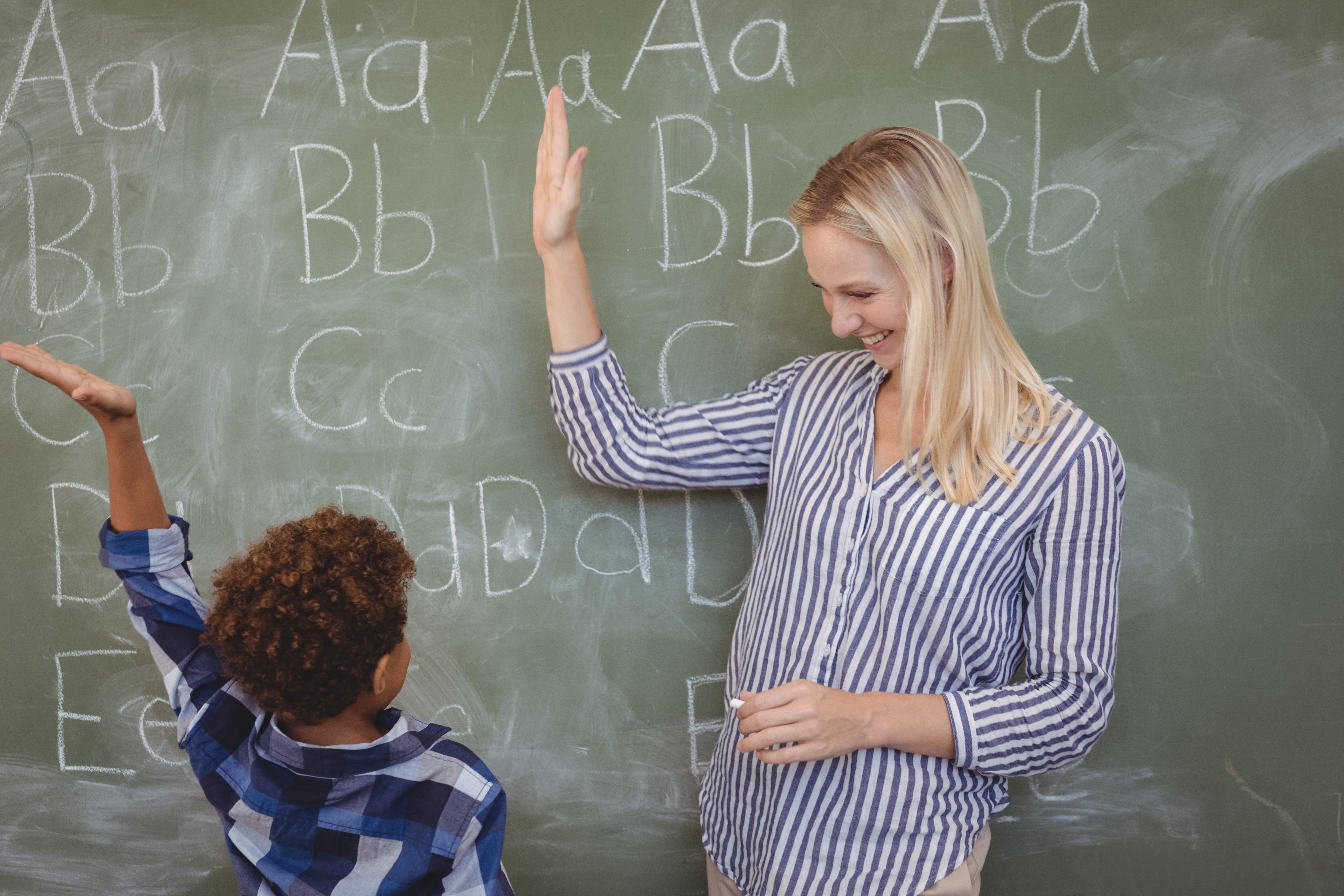An Educator’s Guide to Appropriate Touch

Does physical contact between a teacher and a student hold any value? How can an educator avoid an accusation of inappropriate touch? What is appropriate touch? What is an educator to do? In an effort to answer these questions, CEAI’s Director of Legal Services, LaRae Munk, has compiled helpful research from multiple sources on this topic. Overall, her research proves that physical touch in education is quite valuable, and some sources even find it essential or vital to student success.
Christian Educators Association International (CEAI)
Director of Legal Services
BY LARAE MUNK, ESQ
Benefits of Appropriate Touch in the Classroom
- It demonstrates a fundamental tool for human communication and health. 1
- It establishes the important trusting mental state between the student and teacher. The student is more apt to view the educator as an ally, rather than a threat. 2
- It teaches the role of appropriate social touching in human bonding. This is especially important for children who do not experience appropriate touch at home or have experienced abusive forms of touch. 2
However, in the current climate of heightened awareness of sexual misconduct, many teachers actually fear physical contact with students. So, how does and educator keep physical touch appropriate to avoid accusations of sexual misconduct and inappropriate touching?
Here are Some General Guidelines
- Ask the child’s permission to touch. Remember that a distressed child may not be able to convey this.
- Never assume that physical contact is acceptable to a child. Remember you don’t know what the child has experienced at home or elsewhere.
- Avoid one-on-one situations whenever possible.
- Avoid being in private, closed areas with a child.
- Use verbal directions rather than touch when appropriate. For example, ask a child to move, rather than redirect with a touch.
- Respect the signs that a child is uncomfortable with touch.
- Use only physical contact that is least likely to be misconstrued, such as using a high-five rather than a full hug.
- Adhere to the practices and policies of the district and administration.
- Communicate regularly with the administration regarding classroom management practices and any issues involving a child who seems to convey an unusual need for touch.
- Keep a written record of or report to the administration any unusual emotional or behavioral response by a child for the safety and protection of both the student and the educator.
Most importantly, as educators, we must remember that we are entrusted with the care and education of students, and this high calling requires an extraordinary level of care. If you have any questions or concerns about this topic, please contact CEAI. We are here for you.
References
1 Keltner, Dacher. “Hands on Research: The Science of Touch.” Greater Good Magazine, 29 Sept. 2010, https://greatergood.berkeley.edu/article/item/hands_on_research.
2 Lahey, Jessica. “Should Teachers Be Allowed to Touch Students?” The Atlantic, 23 Jan. 2015, https://www.theatlantic.com/education/archive/2015/01/the-benefits-of-touch/384706/.

Great advice and article. Easy to understand and read. I already forwarded it to a couple teachers I know.
As a retired high school teacher and current sub/tutor, wholeheartedly concur with the guidance here. Even before all the MeToo movement activity, I used to counsel my colleagues, when they would “caution” me, that I did not use physical contact as a standard but emphasized that you have to know your students just as your guidance suggests. Maybe I was “lucky” but I never had an issue…and there were certainly students with whom I would not have taken the gamble.